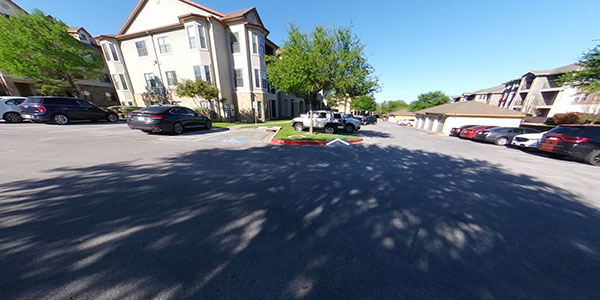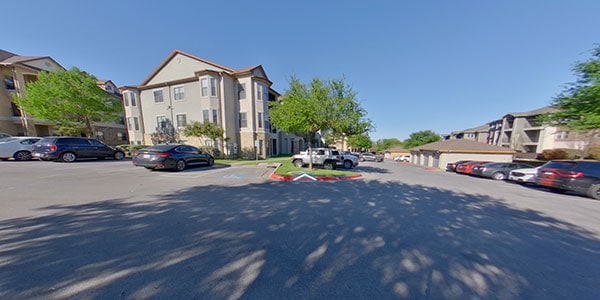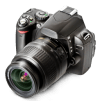
“Forensic photography is not snapshot photography”
This quotation by retired Sheriff’s Deputy and Forensic Photographer Andrew McNeill implies that there is a lot more to forensic photography than simply pointing and shooting – and he’s absolutely right. Rules must be followed and the photographer must do everything within his/her power to ensure that the image captured accurately represents the scene.
Crime Scene Lighting with OSCR360
Lighting is one of the most crucial elements of forensic photography. In order to gain the proper exposure and a fair and accurate picture of a scene, it’s important to consider:
- The current lighting conditions
- How your equipment may or may not adapt to those conditions.
- What you can do to achieve optimal lighting.
OSCR360 not only assists in adapting to various lighting conditions but gives the user control over doing so. The camera included in the OSCR360 Capture Kit is comprised of two 180° lenses that take two exposures and then automatically stitch them together to form one seamless 360° photograph. Each of those lenses has its own set of sensors that pick up on available light and use that light to properly expose the photograph. OSCR360 is your go-to in any crime scene lighting situation regardless of the conditions you are faced with (nighttime scenes, dark alleys, shadowy parking lots, photos at dawn or dusk, fire scenes, vehicle interiors, and more)
How does OSCR360 adapt to a wide range of crime scene lighting conditions?
The OSCR camera is equipped with HDR, or High Dynamic Range, capability. In HDR mode, the camera fires its sensors four separate times, determining the proper exposure for each area of the photograph and stitching the four exposures into one single image where all areas are properly exposed. The intent is to mimic that of the human eye, which can naturally meter light more than a camera. Using HDR solves a majority of lighting challenges automatically and takes mere moments of time to capture a photo.
In cases which HDR does not render a bright enough photograph, it is important to note that the OSCR Capture Kit does not use flash photography. However, you can easily add in external or ambient light.
“[OSCR360] is great and very user-friendly. We recently had a stabbing at 2am with a large crime scene and low light. The OSCR on the extended pole was fantastic. We utilized pelican lights for extra light and the photos came out great. The project was completed and recently sent to the District Attorney’s office.”
– Lieutenant, NYS Police Department
OSCR360, Day In and Day Out
OSCR works in collaboration with crime scene photographers and investigators by capturing comprehensive 360-degree images that are admissible in the courtroom. Public safety agencies and prosecutors not only save time, resources, and manpower, but also lay out a compelling case by presenting the scene exactly as it was observed by investigators. This assists first responders and public defenders in better serving the community and providing justice when closing cases.
To illustrate some common scenarios where OSCR has been used, in a variety of crime scene lighting conditions, we’ve included examples of photographs produced by the OSCR Capture Kit below:
OSCR360 at Dawn
These photos were captured around 6:15 am. On the left is a photo without HDR turned on (also known as “auto mode”), and on the right is an example with HDR turned on.
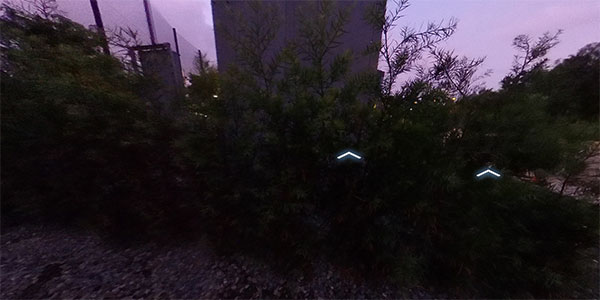
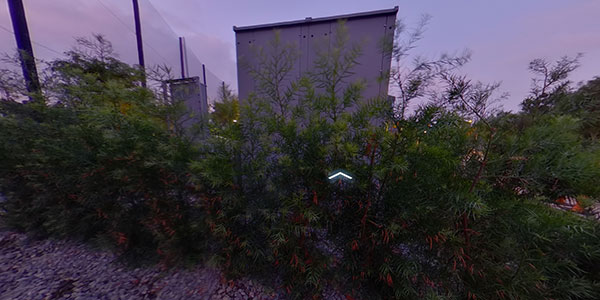
OSCR at Night
These photos were captured around 8:00 pm shown in Non-HDR (left) and HDR (right). What a difference!
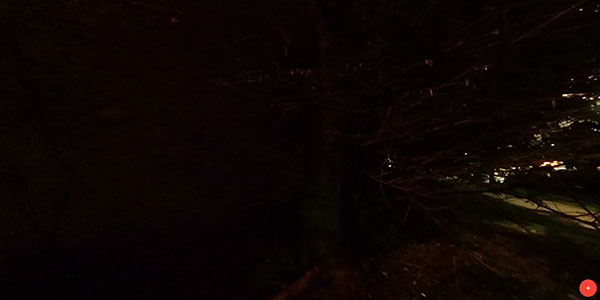
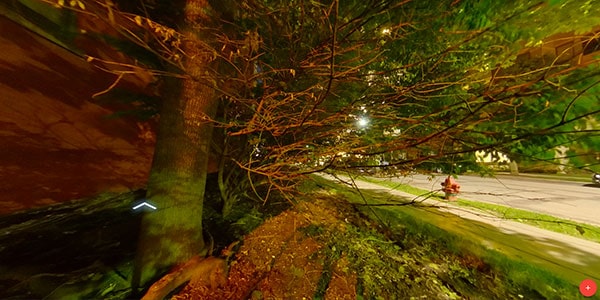
OSCR in a Parking Lot at Night
These photos were captured around 8:15 pm shown in Non-HDR (left) and HDR (right). Street lights provided some ambient lighting.
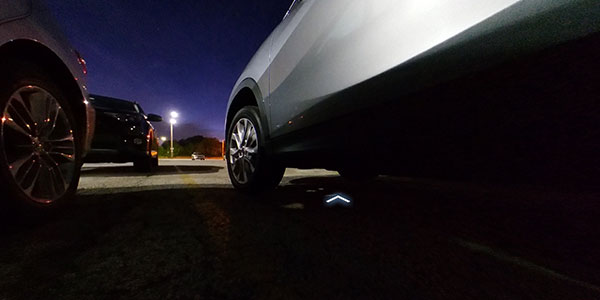
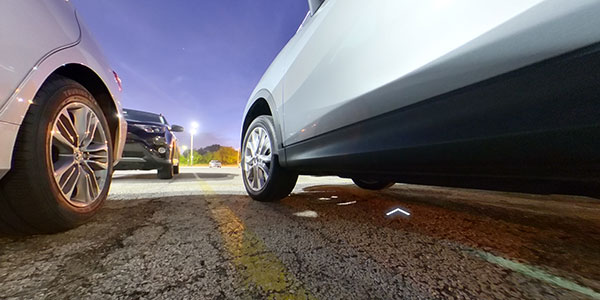
OSCR360 in a Pitch-Black Indoor Room
In order to demonstrate appropriate lighting conditions in a completely pitch-black room, we turned off all the lights in a tight-knit bathroom and took photos without ambient light (left) and with the addition of light (right). The second photo shown has a single flashlight added to the exact lighting conditions pictured in the first photograph. The second set of photos is the same bathroom, just a different angle. Note: OSCR360 also works with mirrors and is great for photographing small, tight spaces.
The third set of OSCR photos is another example of a pitch-black indoor room in a larger space.
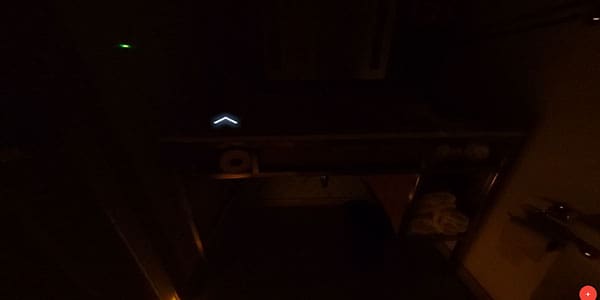
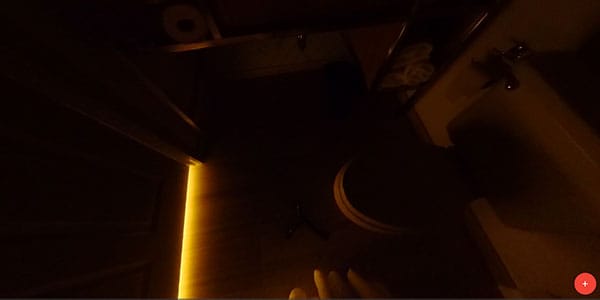
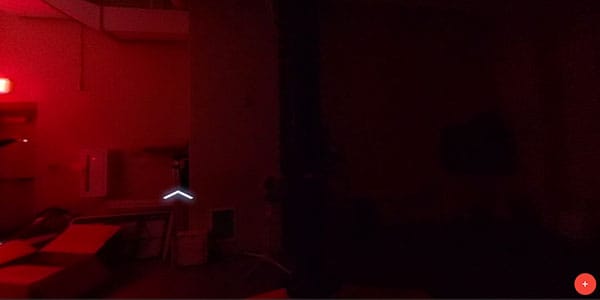
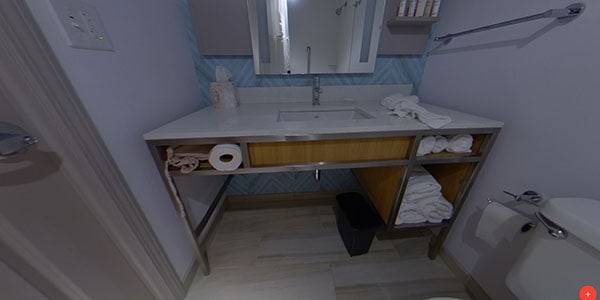
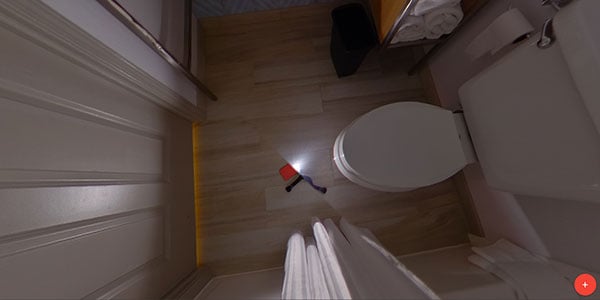
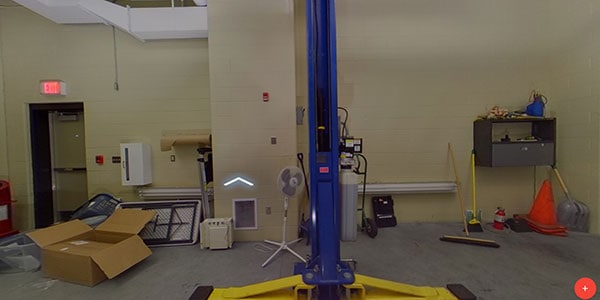
OSCR in a Dark, Burnt Environment
The following OSCR photo was captured using HDR mode during a fire investigation by a Fire Marshal. There are two flood lights added to this photograph, at the base of the tripod pointing up toward the camera. The sooner that the sensors in the lenses are exposed to light, the better your photograph will turn out. At this scene, two lights were used 180° apart from each other on each side of the tripod.
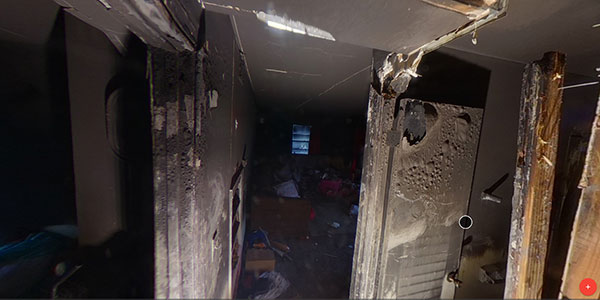
OSCR360 in a Smoke-Filled, Dimly Lit Parking Garage
This OSCR HDR photo was shot following a car fire in a parking garage with very minimal ventilation. This image was taken two hours after the fire was extinguished with only the lights in the ceiling for ambient light.
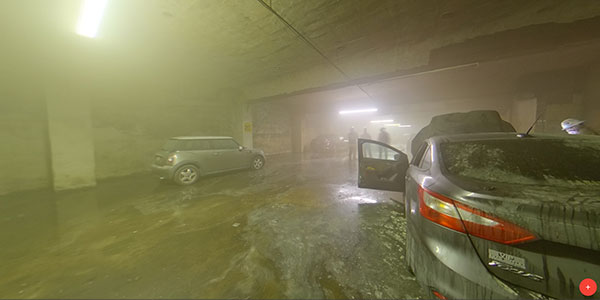
OSCR360 with Bright Outdoor Lighting, Mid-Day
The harsh contrast between burnt debris/rooms and the light flooding in from the sunny day outside can pose challenges for photography (see photo on left). HDR works to minimize those contrasts and optimize exposure in all areas of your photograph for a balanced effect (see photo on right).
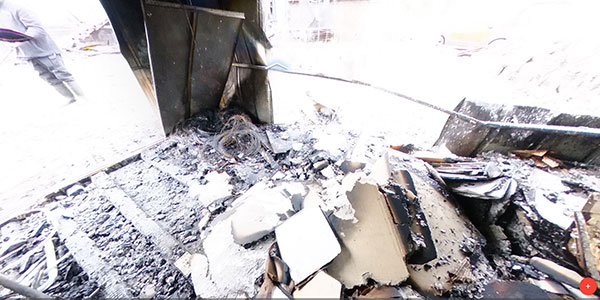
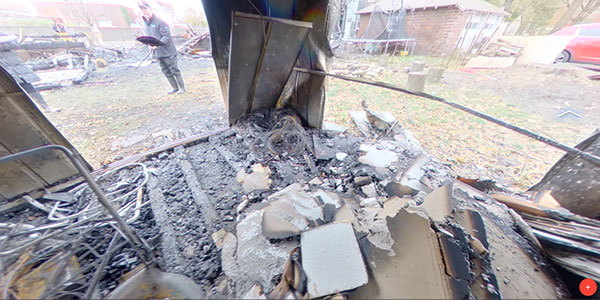
OSCR in a Vehicle
Our human eye can look outside at a bright sunny day and automatically adjust between the lighting differences. Using HDR inside a vehicle replicates what the human eye sees. Here are some photos with (right) and without (left) HDR on.
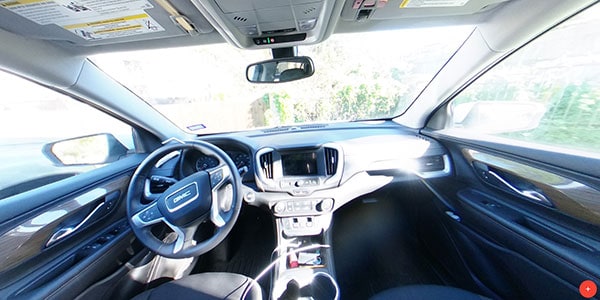
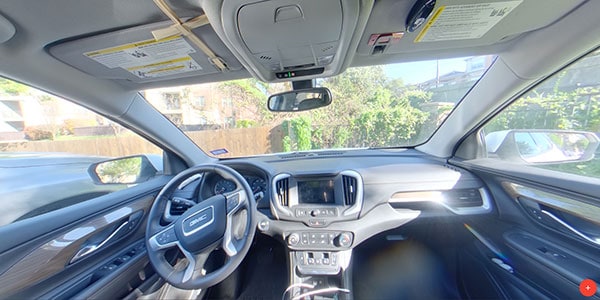
OSCR360 in a Shadowed/Sunlit Area
When faced with a mixed-lighting scene, HDR works to use the sunlight to brighten up a shadowed area and dim down the over-exposure from sunlight.
